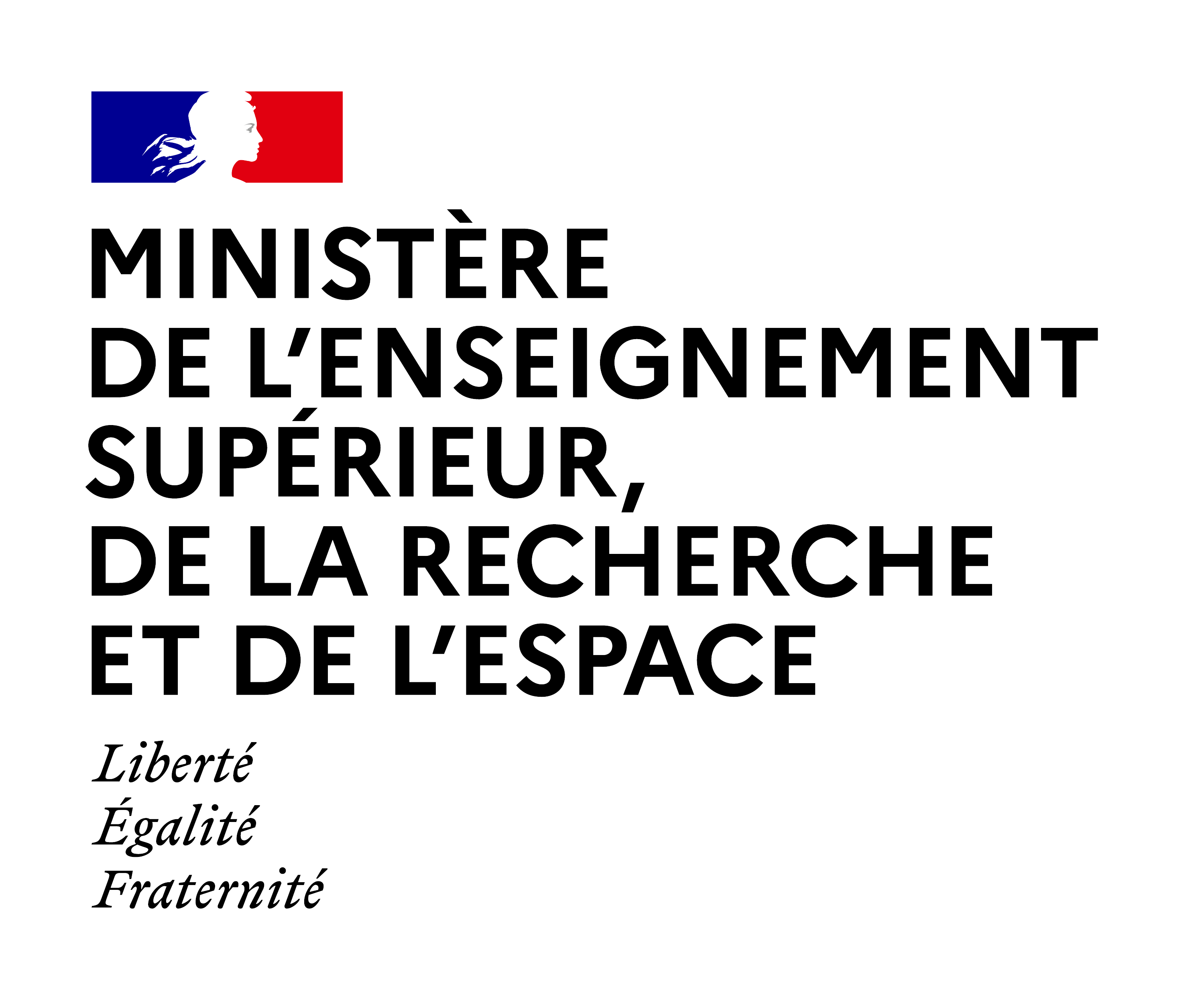Expected Outcome:
In line with the objectives of the farm to fork and biodiversity strategies, successful proposals will promote diversification in agriculture as a means to increase the resilience of the sector vis-a-vis variable environmental, climatic and economic conditions. By promoting biodiversity, proposals will address consumer demands for more diversified and sustainable production in agriculture.
Project results are expected to contribute to all of the following outcomes:
- Integration of knowledge from diverse disciplines (e.g. ecology, agronomy, genetics, physiology as well as social sciences) to better understand, assess and use ecological processes which underpin the multiple benefits arising from intercropping;
- Better understand the barriers for the adoption of intercropping by farmers;
- Optimised, field-tested and ready-to-use agronomic practices for intercropping applicable to various conditions across Europe;
- More wide-spread practical expertise of intercropping amongst advisors and farmers;
- Increased evidence and appreciation of the beneficial effects of intercropping on crop quality and product quality along with wider benefits for biodiversity, soil health, water quality and reduced GHG and air pollution emissions;
- Demonstration of the economic avenues and benefits of diversified production for the farming sector and related value chains.
In the long(er) term:
- More sustainable, biodiverse and resilient farming ensuring the continued delivery of a larger range of food and non-food products along with multiple ecosystems services;
- Stronger links between the various operators in value chains and increased economic avenues for the farming sector;
- Better appreciation by the wider public of the benefits of intercropping and diversification in general.
Scope:
Farmers face increasing pressure to shift production towards lower input systems, while continuing to ensure sufficient supplies of food and non-food products. The Green Deal in particular has set ambitious targets to reduce by 2030 the overall use of chemical pesticides and fertilisers, reduce nutrient losses and increase organic farming[1].
Species rich production systems such as intercropping[2] have shown significant potential to increase resource efficiency and resilience against biotic and abiotic stresses, thereby allowing to deliver yield gains without increased inputs, or stabilise yields with decreased inputs. Diversified farming systems making use of strategic intercrops can also improve soil health and deliver multiple ecosystem services.
The benefits of intercropping are the result of highly dynamic interactions between plants and their environment and allow to optimise the use of resources such as nutrients, water or solar radiation. Despite these benefits, intercropping is not widely applied in European agriculture, due e.g. to an increased complexity of operations and labour intensity at farm level or a market pulls for more standardised products and processing as well as for simplified modes of marketing,
Activities should:
- Study the (context specific) mechanisms that underpin the benefits associated with intercropping such as enhanced resource efficiency, disease and pest avoidance and product quality;
- Elucidate the links between above- and below-ground species interactions and how these could be optimised through management;
- Provide evidence on the effects of intercropping on product quality down the value chain;
- Identify, test and demonstrate agronomic practices that promote benefits from intercropping by optimising the interactions between plants, environment and management (G x G x E x M) , including the use of inputs and adapted machinery such as precision tools;
- Explore farmers’ the motivation to adopt intercropping practices and propose solutions to overcome potential barriers;
- Promote the uptake of intercropping through the development of guidelines and wide-spread practical demonstrations taking into account a range of farming systems, pedo-climatic conditions and value chains;
- Identify and test avenues for marketing and processing of more diverse farming outputs across the value chain.
Result of activities should benefit both conventional and organic agriculture. International co-operation is strongly encouraged in particular with countries where intercropping is more widely applied, yet would benefit from further optimisation.
Activities must implement the multi-actor approach, thus ensure an adequate involvement of advisors, farmers, other players in the value chain and consumers. Communication and outreach to a wide range of stakeholders is essential.
This topic should include the effective contribution of SSH disciplines.
Proposals should specify how they plan to collaborate with other proposals selected under this and other relevant topics, e.g. by undertaking joint activities, workshops or common communication and dissemination activities. Proposals should allocate the necessary resources to cover these activities.
[1] Green Deal farm to fork and biodiversity strategies with 2030 targets: Reduce by 50% the overall use and risk of chemical pesticides and reduce use by 50% of more hazardous pesticides; reduce nutrient losses by at least 50% while ensuring no deterioration in soil fertility; this will reduce use of fertilisers by at least 20 %; achieve at least 25% of the EU’s agricultural land under organic farming
[2] intercropping is understood as a farming practice growing two or more crop species together at the same time in the same place





